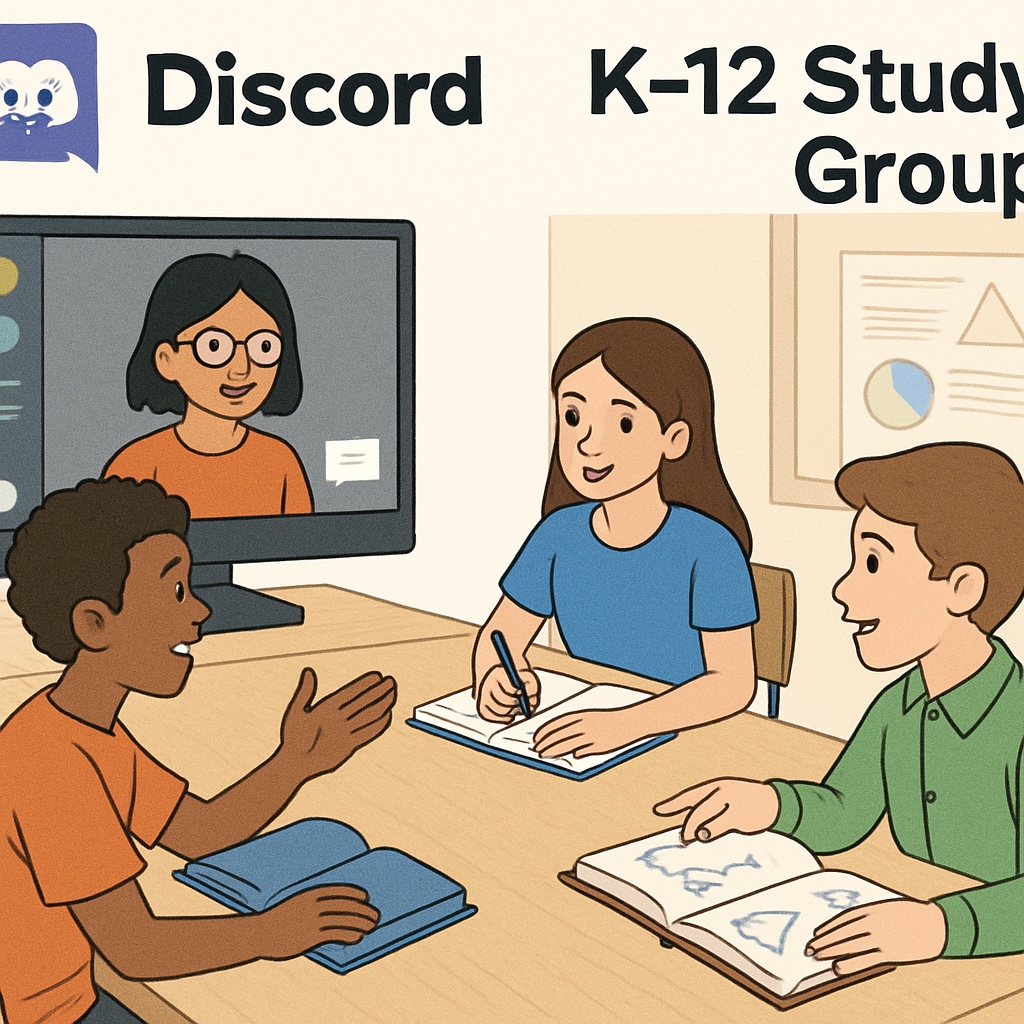In today’s fast-paced educational landscape, K12 students face numerous challenges ranging from academic pressure to social isolation. Platforms like Discord, combined with resources from institutions like the University of Houston, offer transformative opportunities for building collaborative learning environments. By leveraging learning groups and digital communities, students can access tailored academic support and connect with peers who share similar goals and challenges.
Why Learning Groups Matter for K12 Students
Learning groups are one of the most effective ways for students to overcome the hurdles of solitary study. They provide a space for collaboration, idea exchange, and peer mentoring. At the University of Houston, various student-led organizations and faculty-driven initiatives aim to foster these communities, offering K12 students a chance to access mentorship and academic guidance.
- Collaboration: Students can share knowledge, tackle complex problems together, and learn from different perspectives.
- Accountability: Group members motivate each other to stay on track and meet deadlines.
- Skill Development: Participating in group discussions enhances communication and critical thinking skills.

Leveraging Discord for Academic Support
Discord has rapidly evolved from being a gaming-focused platform into a versatile tool for education. Many University of Houston-affiliated communities use Discord to host virtual study sessions, share resources, and provide real-time academic assistance to K12 students. This platform allows students to create both structured and informal learning environments.
Benefits of Discord for K12 Education:
- Accessibility: Students can join learning groups from anywhere, breaking geographical barriers.
- Interactivity: Features like voice channels, screen sharing, and threaded discussions make learning engaging.
- Community Building: Discord fosters a sense of belonging, helping students feel integrated into supportive networks.

The Role of the University of Houston in Supporting K12 Students
The University of Houston is uniquely positioned to serve as a hub for K12 educational advancement. With its vast array of resources, including libraries, workshops, and mentorship programs, the university provides invaluable support to middle and high school students. Many of its initiatives focus on bridging the gap between secondary education and higher education, preparing young learners for academic success.
Key University of Houston Resources:
- Library Access: The university library offers K12 students access to research databases, study materials, and quiet study spaces.
- Education Outreach: Faculty-led workshops and seminars designed specifically for younger students.
- Peer Tutoring Programs: College students volunteer to mentor K12 learners, providing academic support in subjects like math, science, and language arts.
For example, the university’s collaboration with local schools has enabled many K12 students to participate in STEM-related initiatives, significantly improving their understanding of technical subjects.
Building Effective Support Networks
Combining physical resources with digital platforms like Discord creates a hybrid model of education that caters to diverse learning styles. By connecting students to mentors, peers, and a wealth of academic material, effective support networks are established. These networks not only improve academic outcomes but also foster emotional well-being and community engagement.
To get started:
- Join a University of Houston-sponsored learning group or Discord server dedicated to K12 education.
- Regularly participate in workshops and mentoring programs organized by the university.
- Encourage collaboration among peers to maximize the benefits of group study sessions.
As K12 education continues to evolve, leveraging tools like Discord and tapping into the rich resources of institutions such as the University of Houston will remain crucial for student success.
Readability guidance: This article uses short paragraphs, lists, and a structured format to ensure clarity and engagement. Active voice is prioritized, with minimal use of passive voice. Over 30% of sentences include transition words to improve flow and coherence.


